Media | Articles
12,300-rpm V-12 slurps synthetic, Binotto leaves Ferrari, VW scouts Foxconn

De Tomaso’s 12,300-rpm V-12 drinks synthetic fuel
Intake: De Tomaso’s take on eco-friendly Italian design is a 900-hp track-only hypercar that runs on synthetic fuel. The two-seater, $3 million P900 is “in essence, the world’s first carbon-neutral V-12,” claims De Tomaso. There’s no electrification to boost performance or environmental credentials, but the 6.2-liter V-12 is claimed to be the shortest and lightest ever constructed, weighing in at 485 lbs, and has been designed to run on e-fuel. The whole car is just 1984 lbs (900 kg) thanks to its all-carbon construction, and its aero-enhanced body features a drag reduction system and has been developed with Capricorn, which also worked on the Porsche 919 Evo Le Mans car. No performance figures or price have been revealed, but just 18 will be built, so if this kind of environmentally-conscious motoring appeals to you, get ready to act fast.
Exhaust: It’s excessive and exclusive and would probably be irrelevant if it wasn’t for the additional attention that De Tomosa is drawing to synthetic fuels. “As a passionate automotive enthusiast, it is difficult for me to accept a silent EV-driven future,” said Norman Choi, De Tomaso CEO. “We believe that alternatives do exist, and the development of our new platform, driven by synthetic fuels, is our solution for keeping this shared passion for the theatre of combustion engines alive. This venture into synthetic fuels represents our commitment to the pursuit of a zero-emissions mobility future without sacrificing the crucial element which we all hold so dear— the soul and symphony of an engine.” That’s something we can all get behind. –Nik Berg
Hyundai taps SK On Co. to skirt U.S. EV tax credit woes
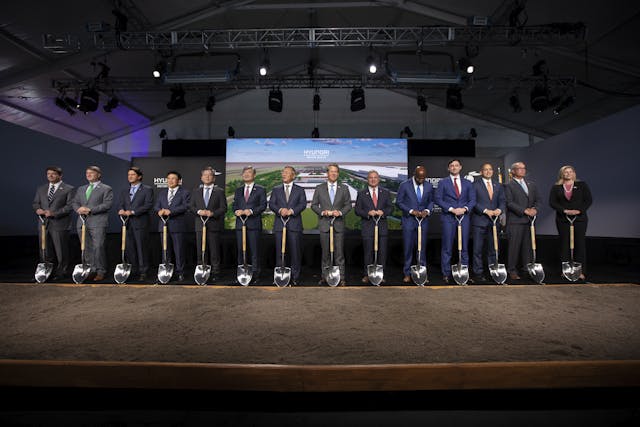
Intake: Just months after announcing plans for a dedicated EV manufacturing plant and a battery plant in Georgia, Hyundai has now announced that it has entered into an agreement with South Korean battery maker SK On Co. to supply the battery packs for its future run of U.S.-built EVs. When the Ellabell, Georgia, plant was first announced, Hyundai declined to name the battery supplier, but SK Innovation, who is the parent company of SK On Co., already had a $2.5 billion battery manufacturing facility in Georgia, and it was expected that SK would be the partner of choice. Yesterday’s announcement formalizes that plan. Hyundai’s new plant is expected to start commercial production in the first half of 2025, and the automaker is targeting some 300,000 units annually—a big chunk of the Hyundai, Kia, and Genesis family’s goal to reach annual global EV sales of 3.23 million by 2030. The plant could produce as many as six EV nameplates for the Hyundai, Kia, and Genesis brands, according to a report from Automotive News.
Exhaust: The SK partnership moves Hyundai one step closer to potentially regaining eligibility for the $7500 EV tax credit, which under the new rules laid out in the 2022 Inflation Reduction Act, requires a hefty chunk (50 percent in 2023, 60 percent each year beyond) of battery components to be made or assembled here in the United States. Hyundai, who has quietly become the second-largest EV seller in the U.S.—lamented the new rules when they were announced, lamenting that the more stringent rules were detrimental to the automaker’s bottom line. — Nathan Petroelje
F1 boss Binotto resigns from Ferrari

Intake: Ferrari Formula 1 team principal Mattia Binotto has announced his resignation from the team, effective December 31. The Italian assumed the reins in 2019. “With the regret that this entails, I have decided to conclude my collaboration with Ferrari,” said Binotto. “I am leaving a company that I love, which I have been part of for 28 years, with the serenity that comes from the conviction that I have made every effort to achieve the objectives set.”
Marketplace
Buy and sell classics with confidence
Exhaust: The news of Binotto’s departure is one part surprising, one part expected. The 58-year-old was expected to stay with the team for 2023. Ferrari dismissed rumors of Binotto’s resignation at the season finale Abu Dhabi. Still, F1 fanatics know that the Prancing Horse doesn’t wait for ships to right themselves. Under his signal calling, Ferrari went winless in the final 11 races of the season, as the team’s pit strategy became the subject of memes. Now that the decision has been made, fans will turn their internet musings to who may assume the ultimate F1 hot seat. Could it be Benz boss Toto Wolff or Red Bull man Christian Horner? Probably not. It is rumored that Alfa Romeo F1 team leader Fred Vassuer may assume the red throne. — Cameron Neveu
Lancia plans for the next century with “Pure and Radical” design
Intake: Italian legend Lancia is headed out of the doldrums and into a new era, boldly defining its design language for the next 100 years. That’s the message from Lancia Design Day, which showcased a weird, wheel-less concept that previews three Lancias to be launched between 2024 and 2028. The brand also unveiled a new logo, the eighth iteration since Lancia was founded 116 years ago, and says that its Pu+Ra (Pure and Radical) design motif will direct the company’s design for the next century. Lancia hasn’t forgotten its glorious history as it looks to the future, claiming that “the soft, pure and sensual shapes of the Aurelia and Flaminia will be found in the future Lancia vehicles, combined with the most modern expressions of radicality and simplicity, inspired by the language of furniture, architecture, and fashion, as well as by the brand’s sports history embodied in the famous Stratos and Delta.” The Pu+Ra Zero concept is “a three-dimensional manifesto” which will influence the upcoming Ypsilon city car, the next Delta, and a yet-to-be-named flagship. All three will be pure electric vehicles, to rebuild Lancia’s reputation in Europe. “Lancia will once again be a desirable, respected, and reliable brand in the European premium market. Today is the beginning of the new Lancia!,” heralded CEO Lica Napolitano.
Exhaust: In recent years Lancia has struggled on with a single model, sold only in its home market, but this announcement puts the company back on the world stage. “Today is the beginning of our Renaissance that will amaze Lancia fans all over the world,” said Napolitano, while confirming plans for new-look European dealerships. Sadly, the U.S.A. doesn’t look likely to feature in the Lancia’s plans for the time being. — NB
VW eyeing manufacturing partnership for Scout EV brand
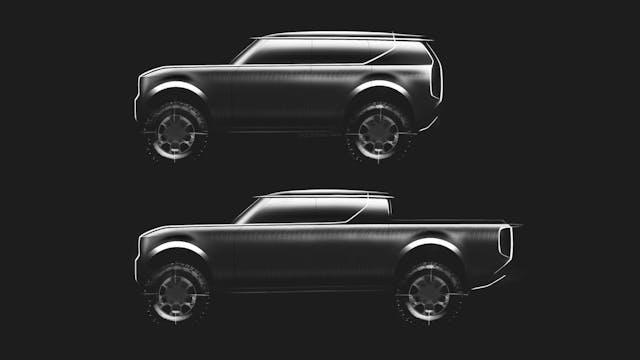
Intake: VW is courting a builder for EV trucks and SUVs for their Scout brand in the United States, eyeing partnerships with their strategic partner Magna Steyr and manufacturing juggernaut Foxconn. Automotive News cites discussions with VW employees regarding the possible tie-up with Foxconn, a Taiwanese manufacturing company that recently took over production for Lordstown Motors in Ohio. That factory will also make the Fisker Pear, but Foxconn was previously teasing a second plant in Wisconsin for a yet-to-be determined vehicle, perhaps for Volkswagen/Scout or for their prototype electric Model B crossover and their Model V pickup.
Exhaust: Only time will tell how VW proceeds, be it with a trusted partner or a tech company: both suppliers are looking to increase their footprint in the United States presumably because of the incentives set in place with the Inflation Reduction Act. VW’s Chattanooga assembly plant likely isn’t suitable for a dedicated EV platform (yet), so working with a third party will quickly secure a foothold in America’s growing EV market. Will Foxconn’s recent missteps with iPhone production in China have any impact on VW’s decision? Corporations usually look beyond the news cycle when hooking up with a partner, so don’t bet on it. — Sajeev Mehta
California earmarks $1B for medium- and heavy-duty vehicle charging
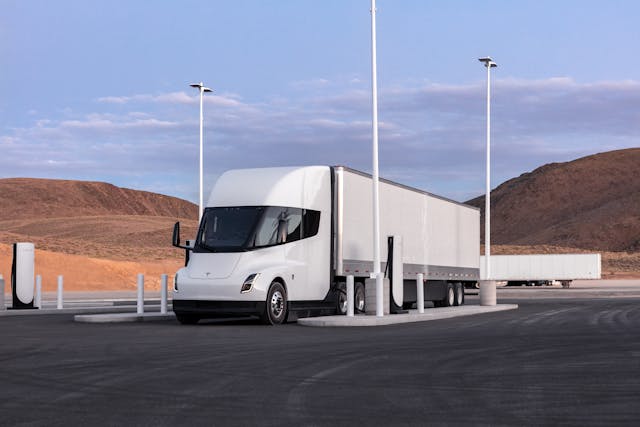
Intake: We told you yesterday that Tesla is ready to deliver its first electric 18-wheeler tractors later this week: Now comes word from the Los Angeles Times that California Public Utilities (CPU) is dropping $1 billion on a vehicle electrification charging project, with most of the money earmarked to accelerate the number of midsize and heavy-duty trucks on the state’s roads. The Times says that about 70 percent of the funds “will go to charging medium- and heavy-duty vehicles, which combine to account for a disproportionate amount of greenhouse gas emissions” in the transportation sector. “It’s the highest priority,” (CPU) Commissioner Clifford Rechtschaffen said. “We have very stringent state goals established by the Air Resources Board to electrify medium- and heavy-duty trucks and they need charging infrastructure in order to electrify their fleets.”
Exhaust: Rechtschaffen is correct, but depending on who you listen to, $1B is a ways off from the sort of monetary investment that will make a real difference in the near-term. Without a way to recharge on the road, the electric semi-truck market will be confined to routes that bring the trucks home every night to recharge. – Steven Cole Smith
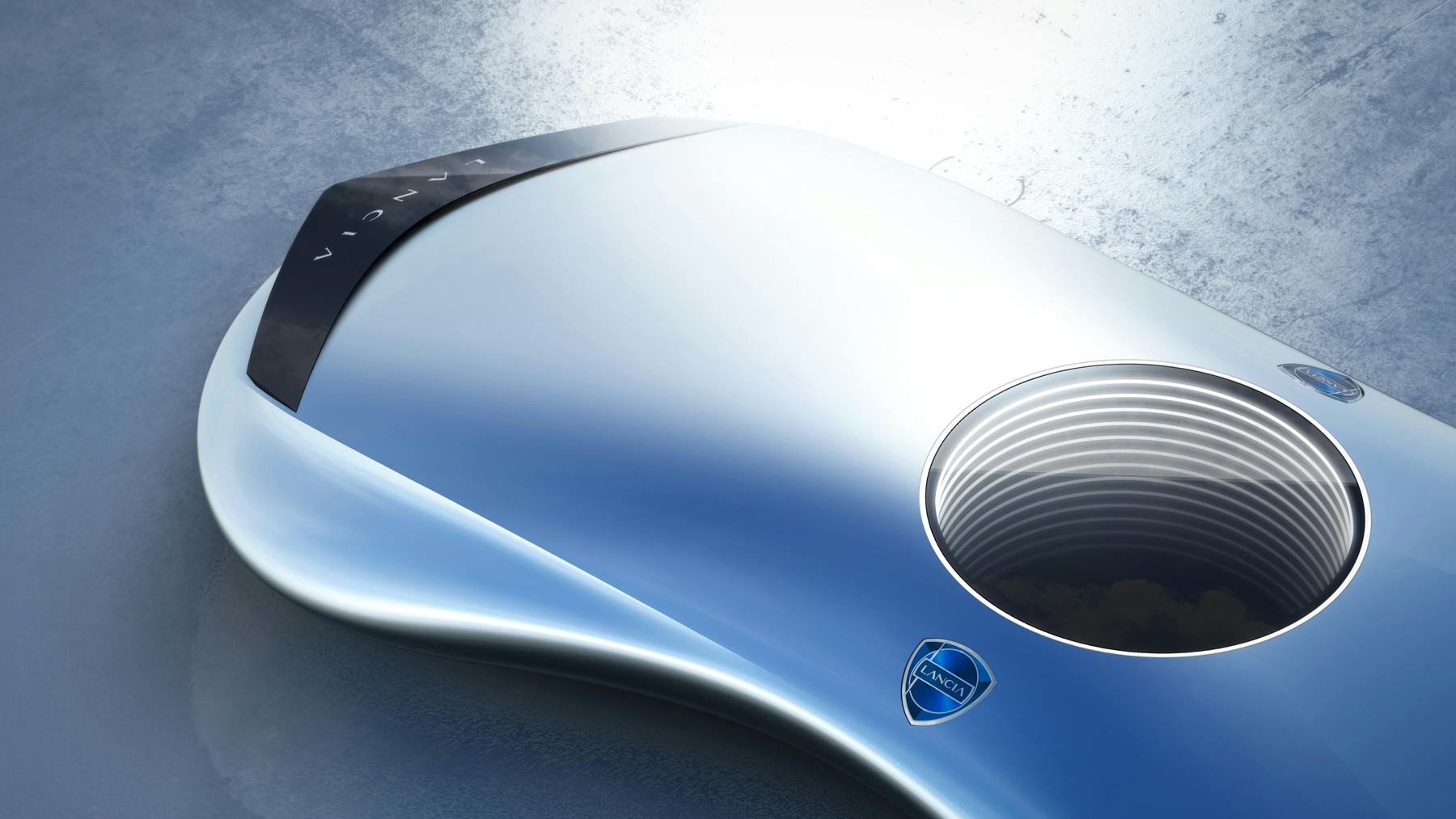
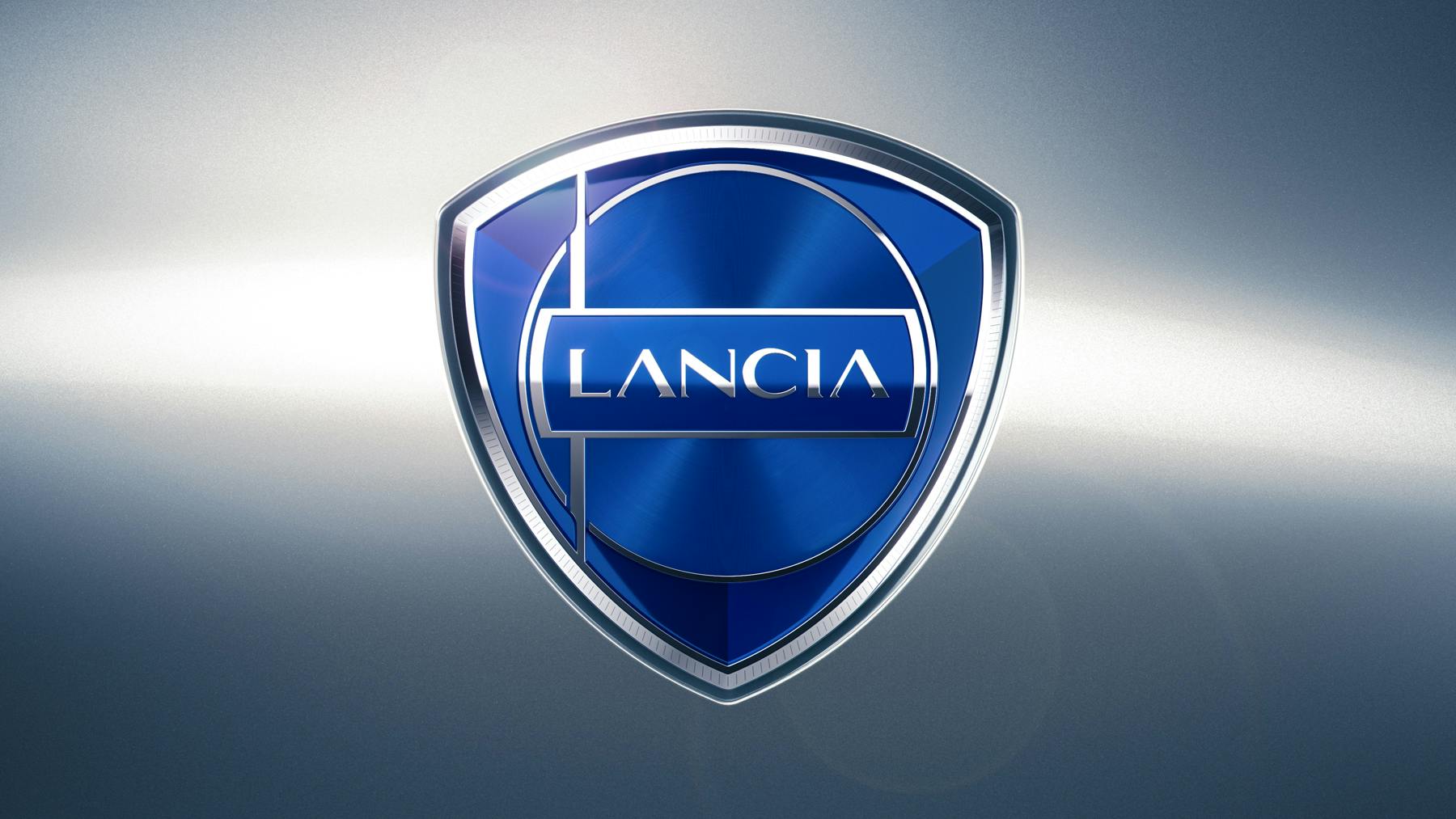
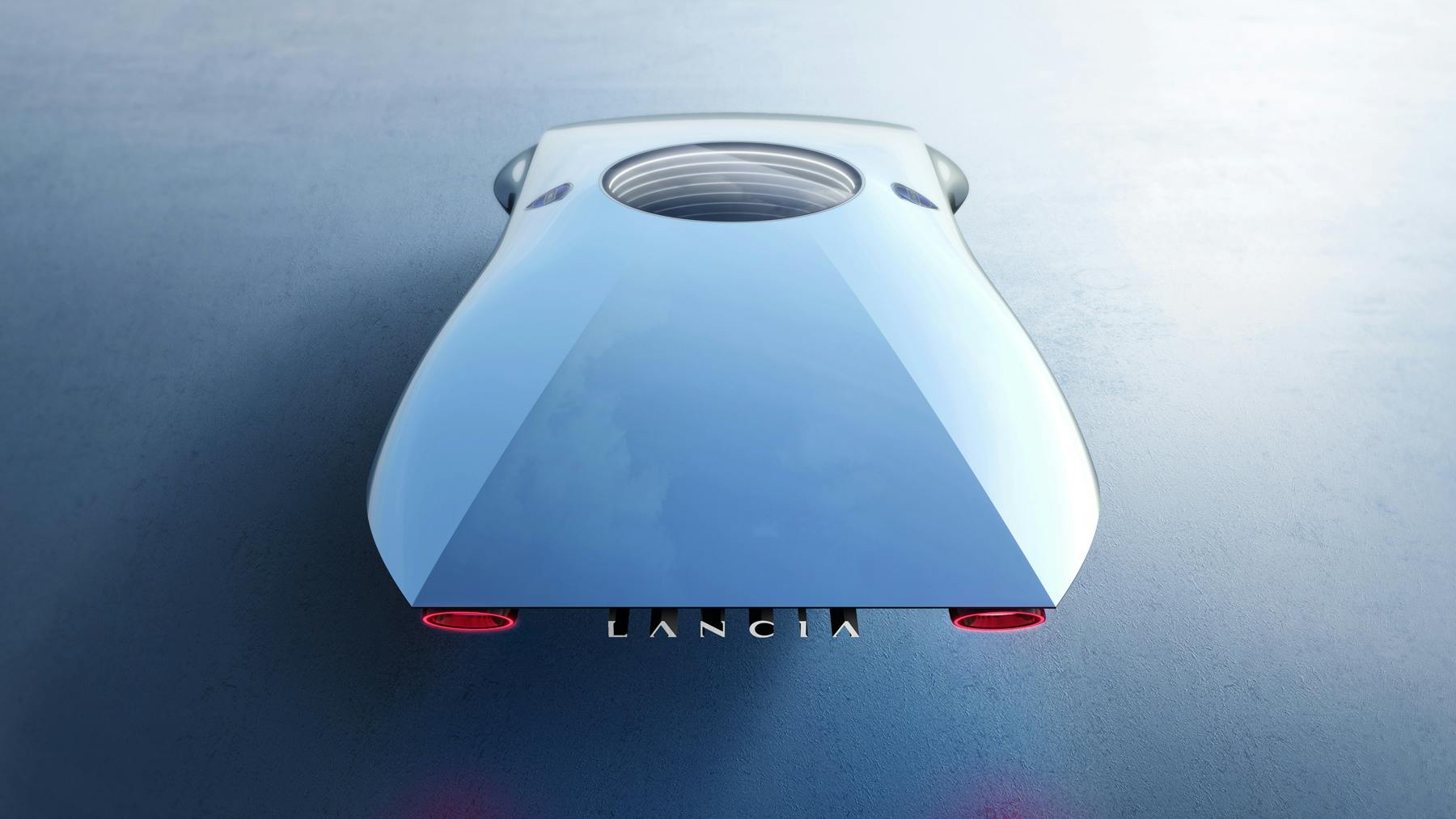
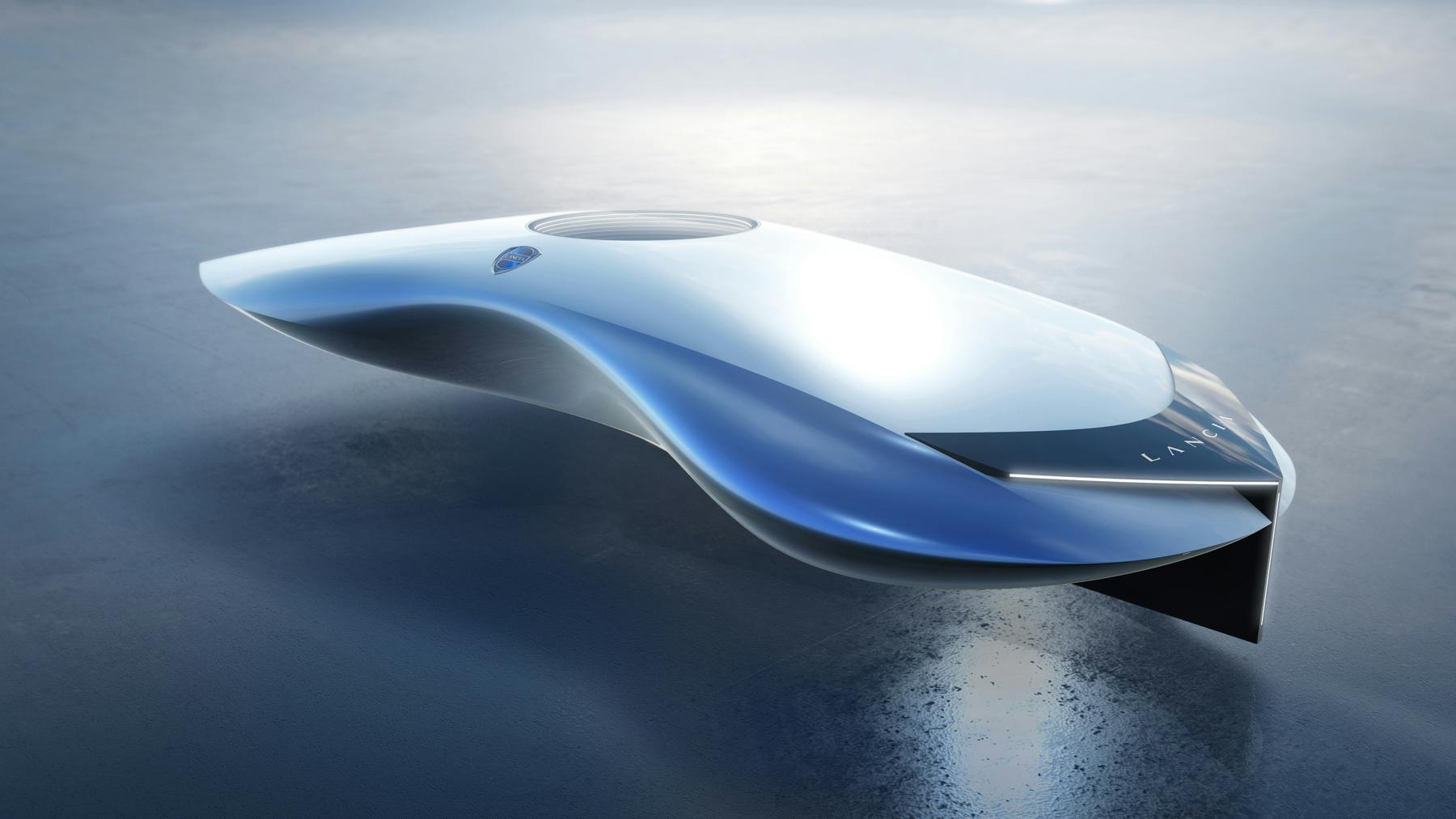









The more I hear about Scout, they less I am excited about it. Not that i was ever excited about the reborn “Scout”.
De Tomaso, does that car actually exist beyond a photo rendering? Also the name, just does not hold any sway on me as the real company died years ago. Funny how Scout and De Tomaso have that in common. Dead brands seemingly resurrected for some money grab and “history” to be applied to them.
The new De Tomaso V-12 would look very nice next to my Pantera in the garage!
California sure knows how to waste money.
Funny issue today – de Tomaso, Lancia and Scout – all BS, all dead lol
Bless you, Norman Choi! EVs are NOT the answer; synthetic fuels are!